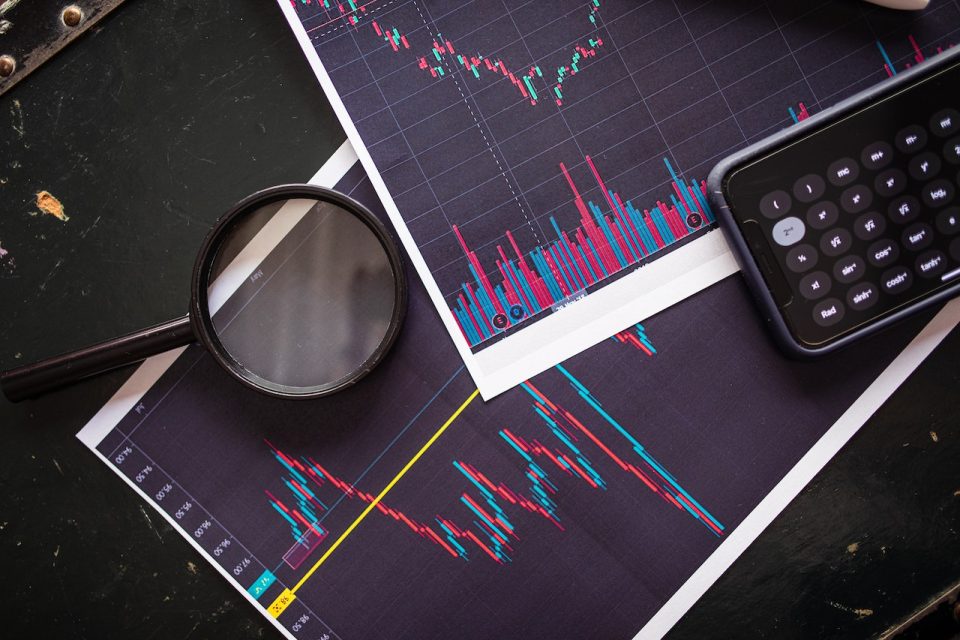In the midst of an unprecedented surge in inflation, major consumer brands in the United States defended their pandemic-induced price hikes by attributing them to the economic shocks caused by the COVID-19 pandemic and the elevated costs of operations. However, with the gradual subsiding of these overarching conditions, indications have emerged that consumers are becoming increasingly resistant to bearing the burden of higher prices.
As labor markets exhibit signs of loosening and the pressure on pricing begins to alleviate, several giants in the consumer staples sector have encountered a decline in sales volume. This trend suggests that consumers are pushing back against the escalated prices, either shifting towards private label products or adopting cost-saving measures by curbing their spending habits.
Kraft Heinz (KHC), for instance, witnessed a growth of 2.6% in net sales during the second quarter, thanks to its price adjustments. Nonetheless, the company observed a substantial 7% year-over-year drop in sales volume. Similarly, Procter & Gamble (PG) CEO Jon Moeller acknowledged that the company is actively emphasizing the value proposition of its products through packaging and advertising to capture the attention of consumers grappling with the impact of heightened prices. This strategy was implemented as the company’s sales volumes contracted by 1% in the latest quarter.
This scenario places companies in a challenging position: aiming for optimal pricing that retains both customers and profits. Kristina Hooper, Chief Global Market Strategist for Invesco, remarked, “If prices are too high, companies will lose a significant number of customers but if prices are too low, they will lose significant profits.”
The enduring struggle faced by consumers at the checkout counter has become a defining feature of the U.S. economy. This topic remains a dominant narrative in both Washington policy discussions and political campaign discourse. However, as consumers begin to anticipate relief from the inflation-induced strain on their budgets, brands are confronted with the task of adapting to maintain competitiveness.
While escalated prices initially propelled remarkable sales growth for businesses, this momentum appears to be dwindling. Jason English, Managing Director of the food and beverages team at Goldman Sachs Global Investment Research, noted, “we do not foresee a meaningful uptick in volume from an industry-wide perspective.” He further cautioned that many companies may grapple with finding avenues for growth.
In the ongoing earnings season, several consumer brands have highlighted the resilience of consumer spending, even in the face of prolonged price hikes. They have acknowledged shifts in consumer behavior, as individuals actively search for bargain deals. Coca-Cola (KO) CEO James Quincey underscored the prevalence of cost-conscious shoppers during a recent earnings call. Quincey explained that these shoppers are inclined towards value-driven purchases and are stocking up on sale items. Although the pricing landscape remains stable in these markets, the company expects moderation due to the cycling of pricing initiatives from the previous year. Despite a 10% increase in price/mix, which factors in pricing, product, and package size, the company’s North American sales volume dipped by 1%.
Rival PepsiCo (PEP) also recognized that the majority of their customers remain loyal to the brand. While some consumers are strategically managing their budgets, CEO Ramon Laguarta noted that they are still engaging with the brand, albeit potentially altering their shopping destinations. This phenomenon has led to increased purchases in dollar stores, mass retailers, and clubs.
As inflation takes a downward trajectory, it’s uncertain if consumers will tangibly experience relief in the form of reduced prices at the checkout counter. Jason English commented that “From a consumer price perspective we do not see a lot of deflation on the horizon,” predicting a moderation of inflation accompanied by heightened promotional activities, offering value-seeking consumers opportunities to save money.
Unilever’s (UL) recent earnings report offers insights into how executives are navigating the evolving inflation landscape and adjusting the balance between sales volume and pricing. CFO Graeme Pitkethly noted that while the U.S. market continues to grow as inflation recedes, consumers are demonstrating signs of caution. Different divisions within the company are at distinct stages of the inflation cycle, offering a glimpse into the future. Notably, the beauty and personal care segment experienced a moderation in pricing as inflation abated, resulting in a balanced performance between price and volume.
In conclusion, the consumer brands sector faces a dynamic landscape as consumers react to price adjustments following a period of inflation. As companies work to find the right pricing balance, the challenge lies in retaining both customers and profitability. The evolving consumer behavior and shifting market dynamics will continue to shape the trajectory of these brands as they strive to remain competitive in a changing economic landscape.

